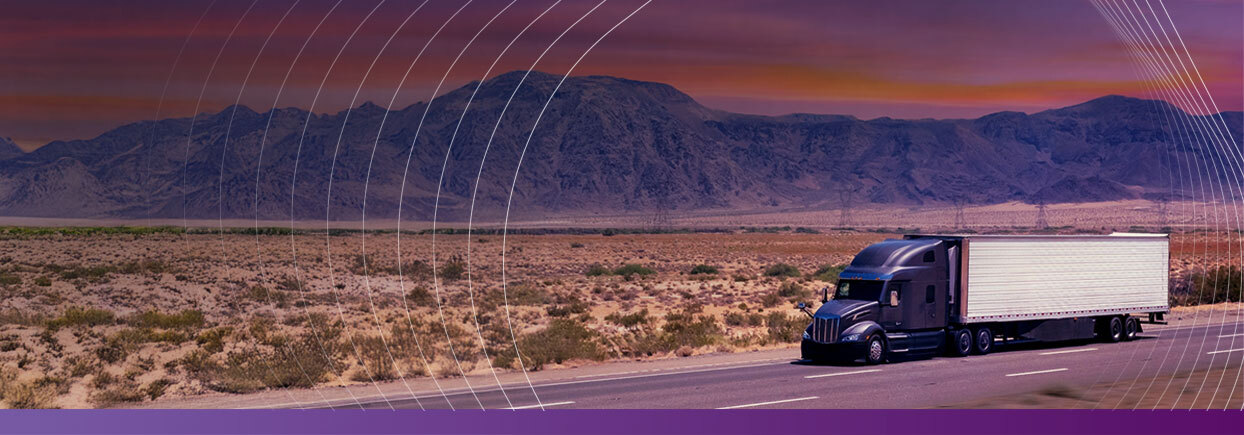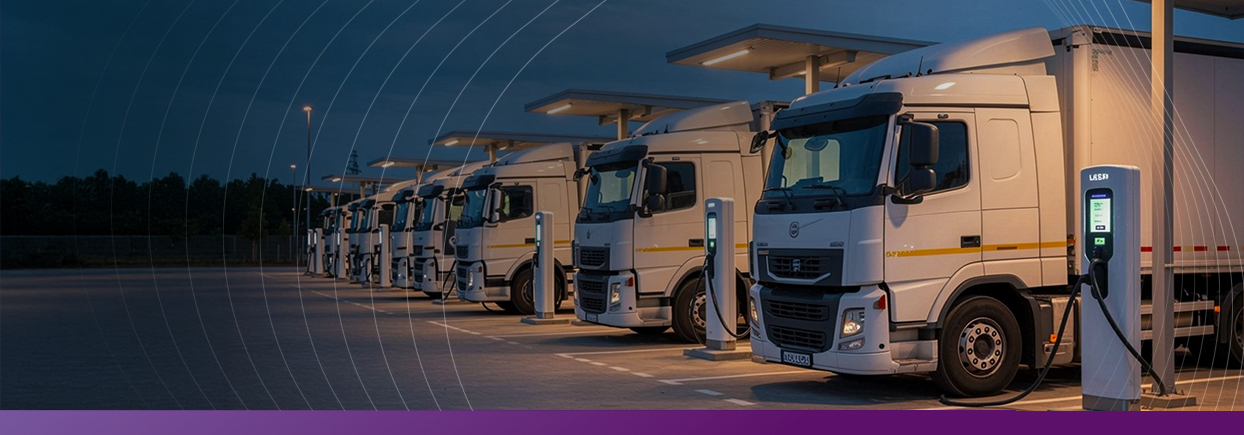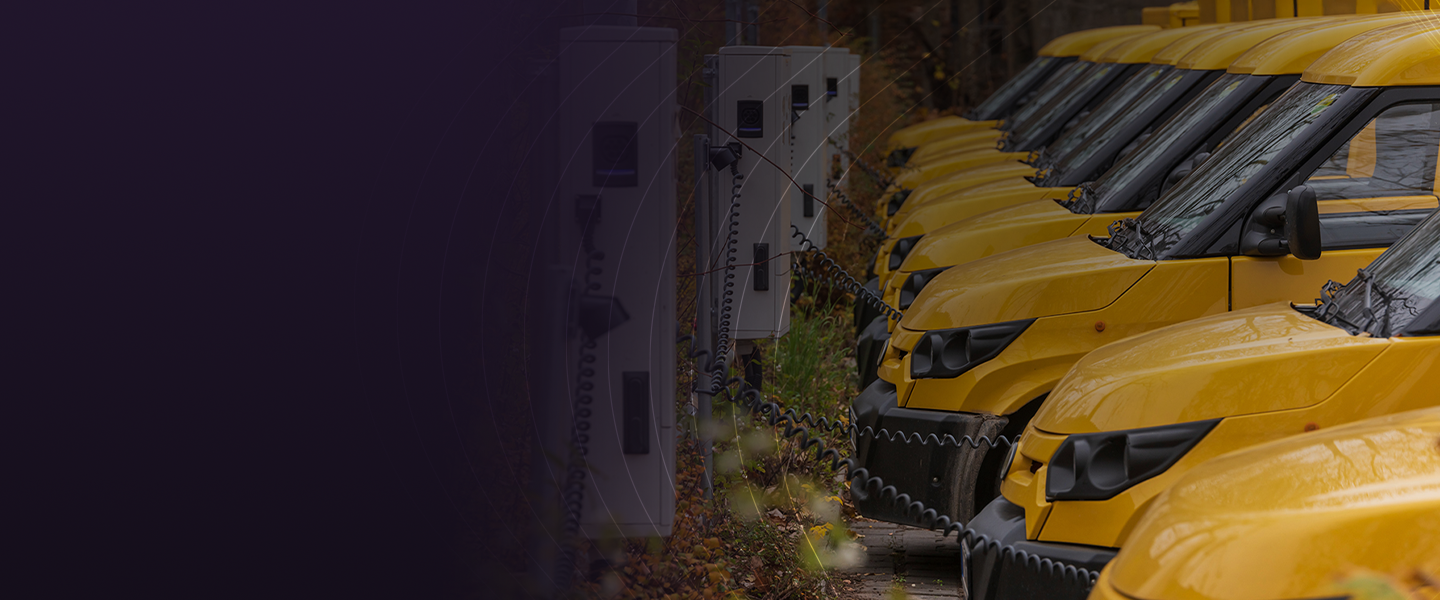When it comes to transporting Hazardous Materials (HazMat), the journey is far more than just a trip from point A to B. It’s a commitment that requires careful handling, precise planning and a deep understanding of the rules of the road.
This commitment, however, comes with high stakes and challenges that threaten the integrity of every shipment, from regulatory hurdles to operational complexities. Adding to this backdrop of complexity and risk, an alarming fact has emerged: HazMat Road accidents in the U.S. have more than doubled in the past decade!
In this blog, we’ll uncover the biggest challenges in the HazMat trucking industry and reveal solutions to address them head-on.
What are the risks in HazMat transport?
The transportation of hazardous materials demands rigorous handling and compliance protocols. From corrosive chemicals that can eat through containment materials, to flammable liquids that can ignite with catastrophic results; the stakes are invariably high.
Add to that the maze of regulatory requirements set forth by the Department of Transportation (DOT) and the Environmental Protection Agency (EPA), and it’s clear that HazMat trucking has very little room for error.
What causes HazMat accidents?
In the span of the past decade, there’s been a significant rise in incidents involving large trucks carrying hazardous materials – a staggering 155% increase, to be precise.
HazMat accidents are complex, often resulting from a confluence of factors. Human error stands out as a significant contributor, with everything from driver misjudgments to incorrect material handling playing a role in causing accidents.
Beyond human error, the regulation breaches and logistical oversights (like poor route planning or vehicle maintenance issues) add another dimension to the risk of accidents.
What are the core challenges in the HazMat industry?
Transporting hazardous materials challenges even the most seasoned logistics providers. Here are the core challenges necessary to overcome in order to increase the safety of transportation:
- Regulatory compliance: Meeting them is a constant battle for HazMat trucking companies. Failure to comply with DOT and EPA regulations can result in hefty fines and even the suspension of operations. In 2019, a HazMat trucking company in California was fined $3 million for illegally transporting hazardous materials without proper documentation, highlighting the costly consequences of regulatory non-compliance.
- Safety concerns: Despite rigorous safety protocols, accidents and incidents still occur with alarming frequency. In 2023, a HazMat truck carrying flammable materials overturned on a highway in Arizona, causing a major traffic disruption, environmental contamination and the tragic death of the driver.
- Operational efficiency: Managing HazMat fleets requires meticulous planning and coordination to ensure timely deliveries while adhering to strict safety protocols. Inefficiencies such as driver downtime, vehicle maintenance delays and route optimization challenges can disrupt productivity and increase costs. It’s estimated that fleet operations incur losses ranging from $448 to $760 daily for each idle vehicle, equating to approximately $79.33 per hour. These costs can accumulate quickly, significantly impacting the bottom line.
Can HazMat transport hazards be reduced with a digital key solution?
In response to the above challenges, Keystone by Irdeto introduces a digital key solution, an innovative suite of technologies aimed at enhancing the safety, compliance and efficiency of HazMat transportation.
Steering through the regulatory maze
Keystone’s digital key simplifies regulatory compliance by ensuring that only trained and authorized personnel can access and operate vehicles, limiting the risk of non-compliance due to human error. Its advanced operation controls, including mandatory safety checks, trailer validation and electronic driver vehicle inspection reports, are designed to uphold the highest standards of regulatory adherence, offering peace of mind to transporters and regulators alike.
Trailer validation – the new go-to feature
Mistakenly connecting a trailer, container or cargo to the wrong unit could lead to serious safety hazards and operational mishaps, such as delivering hazardous materials to wrong customers and incorrect locations.
Keystone by Irdeto addresses this challenge head-on with a new validation tool that verifies the right unit is engaged from the get-go. This real-time verification process alerts drivers to any mismatches while also notifying dispatch without delay. It’s a unique and advanced safety factor, saving money and time for operations. Available for integration with the digital key or as an independent product, this feature represents a leap forward in transportation safety.
Putting the brakes on hazards
Through secure vehicle access, a digital key notably reduces accident risks by restricting vehicle operation to authorized personnel only. Its capability for real-time monitoring of vehicle conditions and cargo assures that any deviation from safety protocols can be immediately addressed.
Accelerate towards operational excellence
By automating critical aspects of the transportation process, including documentation and reporting, Keystone by Irdeto streamlines operations and reduces the likelihood of costly errors. Its integration with existing systems facilitates seamless operational workflows, higher efficiency and allows companies to focus on their core objectives without the burden of logistical complexities.
Ultimately, the journey to safer HazMat transportation is one of continuous evolution and adaptation. If you want to lay the foundation, let’s join forces and redefine what it means to safely and efficiently transport hazardous materials in the 21st century.











/Images/Module%20-%20footer/spiral.svg)
